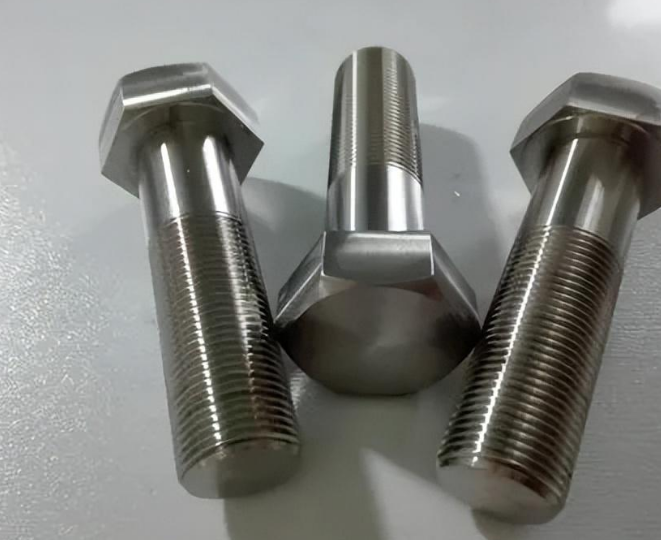Titanium alloy die forging process elements: billet preparation, heating, lubrication, forging, cleaning, die design, β forging of α+β two-phase titanium alloy.
1. Blank preparation. The billet surface must be roughed or roughed, and the bar must be turned or centerless ground. The billet cutting is generally carried out by band sawing machine, and gas cutting is not allowed.
2. Heating the billet. The slag and oxide peel at the bottom of the furnace should be removed before heating, and the atmosphere in the furnace should be oxidizing (the hydrogen saturation process is very slow). The titanium pipe manufacturer considers that in order to reduce oxidation, hydrogen protection, gas contamination, and grain growth of the titanium alloy, it must be kept at a heating temperature for the minimum time necessary to heat the entire section. The mold must be preheated in advance. Generally, it should be kept at 250 ~ 350℃ for more than 12 hours.

3. Lubrication. The mold should be lubricated before forging. Lubrication can improve the lack of low fluidity of titanium alloy and prevent forging mold sticking. The lubricant is a mixture of colloidal graphite and water or graphite and MoS2 (oil-based or water-based).
4. Forging. Die forging deformation is generally 40% ~ 80%, die forging in the last heating, the whole metal should be uniform deformation, in the process of deformation of each part of the deformation temperature to be uniform, to prevent deformation and cracking at too low temperature. It is more important to give sufficient deformation for α-phase titanium alloys, because α-phase titanium alloys cannot be refined by heat treatment methods only by deformation.
5. Clean up. The brittle oxide layer formed on the surface of titanium alloy forging can promote the cracking of the metal under the surface in the next forging, so the oxide layer should be removed after each fire forging, which is generally carried out by blowing sand.
6. Mold design. The shrinkage rate of titanium alloy forging die is smaller than that of steel forging die, the ratio of the two is 1∶1.87.
When the same deep and the same complex die bore is used, the forging of titanium alloy die is 50% thicker than that of the forging of steel die, and the larger radius of the fillet should be used, and the die surface finish requirement is also higher.
7. β forging of α+β two-phase alloy. The forging performance of titanium alloy at high temperature or the notch toughness of forgings can be improved by forging in the full β phase. In order to obtain forgings with high comprehensive performance, the microstructure of alloy after β forging should be controlled in the range of 15% ~ 30% in the middle axis α phase of the transformed β phase. Excessive equiaxed α phase reduces the notch toughness, while insufficient equiaxed α phase reduces the elongation. The notch toughness of forgings with excessive α phase can be recovered by heat treatment at temperatures below β phase transition (15 ~ 30℃) according to normal heat treatment practice.